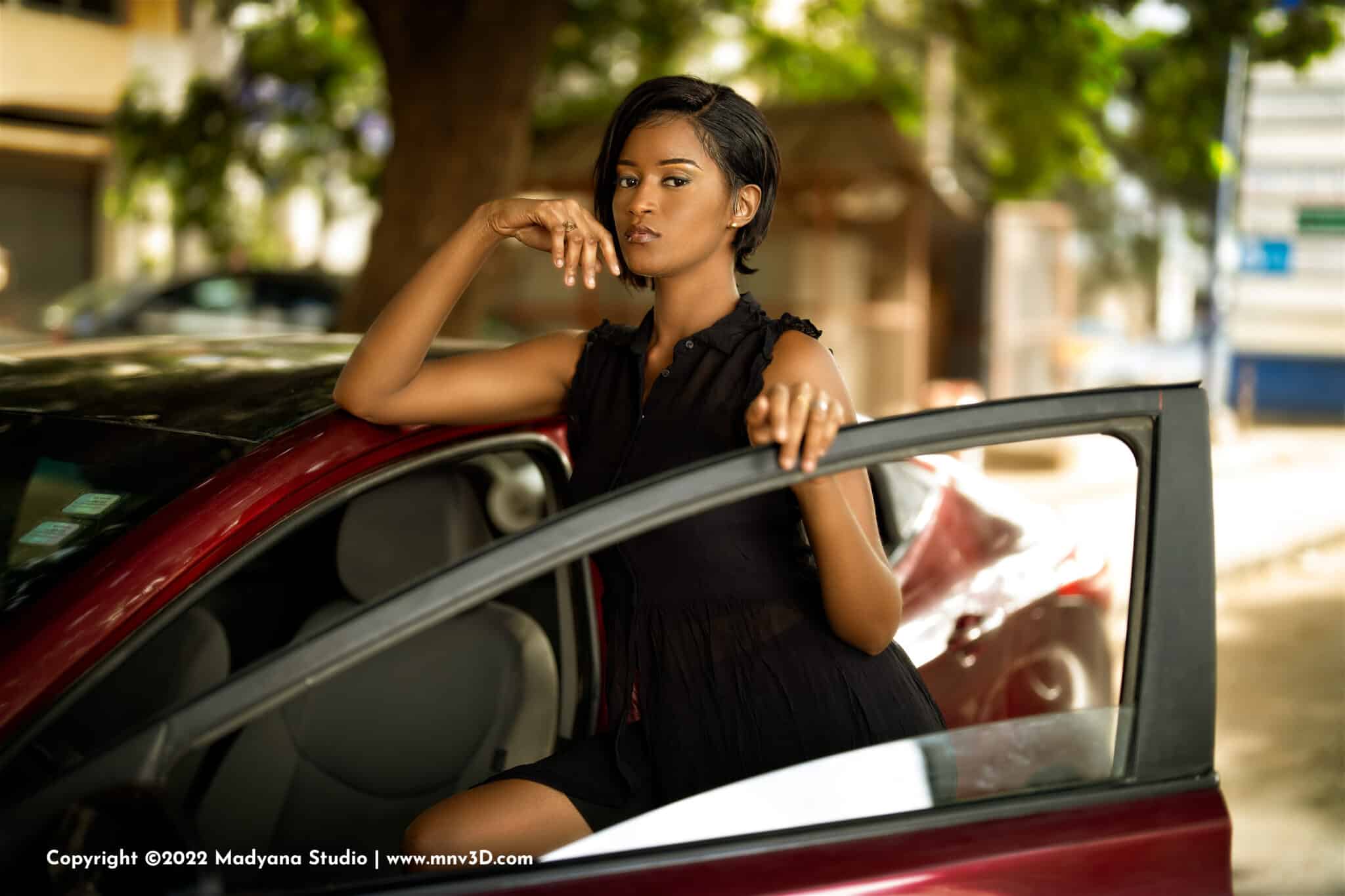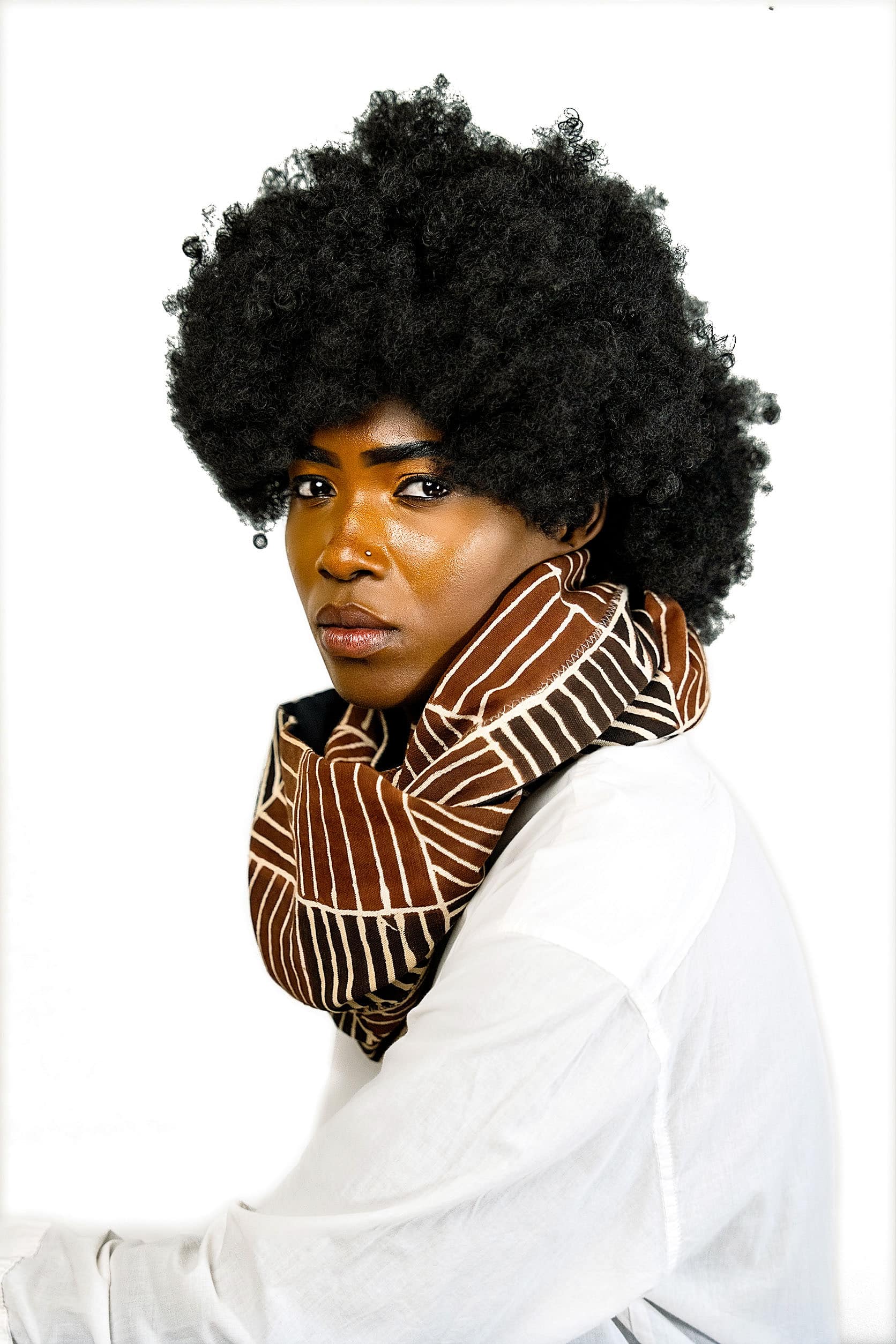
Tips and Tricks for Commercial Photography in Dakar, Senegal
When it comes to commercial photography in Dakar, Senegal, you need to be prepared for anything. From photographing products in your studio to photographing people outdoors, there are a number of technical and creative aspects that can make or break the images. In this article, I’ll detail some of my favorited tips and tricks that will help you take your next Commercial Photography from good to great!
Focus on the product.
When you’re photographing a product, it’s important to show what makes the product different from similar products in its category. The way you do this will vary depending on the nature of your product and its competition; for example, if you’re photographing a bottle opener and your competitor’s bottle opener has a different shape or colour, you’ll want to highlight these differences on-camera.
Once you’ve established what makes your product special, make sure that these details are clearly visible in each picture (and make sure that none of them are obscured by objects like hands). Lighting can help highlight certain aspects of an item; if possible, use natural light rather than artificial sources so as not to obscure any fine details. Props can also be useful when showing off unique features like texture or color
— just make sure they don’t get in the way!
Focus on Simplicity
If you’re shooting a commercial job, keep it simple. Your goal is to show the product in its best light. In order to do that, you need to focus on what’s important: the product itself (and all of its details).
Keep things simple by focusing on one element at a time and making sure that everything else fades away into the background.
Focus on Lighting
When shooting, focus on lighting. Natural light is always best, but if you have a choice between natural and artificial light, go with the former. You can use diffused (soft) or direct sunlight to achieve different results. In addition to natural light, you can use reflectors or flash to bounce light into your subject’s face. A soft box will give soft shadows and even lighting across the subject’s entire body; a ring flash will give a harsher shadowing effect on one side of the face while highlighting another part of it in sharp detail.
Watch your Angles
When you’re shooting a scene with a lot of elements, it’s easy to get confused about what’s important and what isn’t. It’s tempting to just put your camera up on a tripod and snap away, but remember that there are many ways to frame your shot.
If you have room for movement (and if not, learn how/when/where) then try changing the angle at which you shoot things—you may be surprised by how different each view looks!
Know your Audience
- Know your audience.
- What do they want to see?
- What message do you want to deliver?
- How will you communicate it?
Use a Wide Aperture to Ensure Sharpness
- Use a wide aperture to ensure sharpness.
- Wide aperture means the lens is open wider to let lighter in. Shooting at a wide aperture will result in a shallow depth of field, which means that your subject will be in focus but the background will be blurry and out of focus. This can be used to great effect for commercial photography because it helps the viewer focus on what matters most—the product you’re photographing—while keeping distractions away from the viewer’s line of sight.
Shoot During the Day
When it comes to shooting a commercial photo, you might have an idea about what time of day works best for your subject. For example, if you’re doing a photo shoot involving people or animals and want those subjects looking bright-eyed and bushy-tailed, the morning is a good choice. If, on the other hand, you’re shooting an environment or product without any people or animals involved (such as in a restaurant), then night photography might be more appropriate.
Use your own judgment when deciding which time of day is better suited for your shot: don’t just follow tradition!
Add Props to Make It Unique
Props are a great way to add interest and tell the story of your product or service. They can also help make your photos more unique, attractive and/or memorable. Try using props that relate to your brand or products. For example, if you sell dog beds, you could pose a model with her dog and a bed that “fits” their personalities (i.e., large bed for large dog).
Think Outside the Box and Keep Experimenting!
The best way to get better at anything is by trying new things and learning from your mistakes. Keep in mind that there are no rules when it comes to photography; all you need is a camera (or phone) and an idea! Taking risks may not always be the best idea, but if you never try, then how will your work be better than anyone else’s?
A few tips on being more adventurous:
- Practice with different types of lighting. For example, try shooting outside at night or during the golden hour (when light is softest) instead of inside on a cloudy day.
- Experiment with different angles—you can shoot straight forward or take photos from above using stairs or jumping off something higher up than usual.
Conclusion
There is a lot to consider when creating commercial photography, but with these tips and tricks, you’ll be able to create eye-catching images that will draw in your audience. Remember that simplicity is key—you don’t need too many props or distractions in the background as long as your product stands out! Be sure not to overthink things either; keep it simple and focus on what matters most: the product itself.





